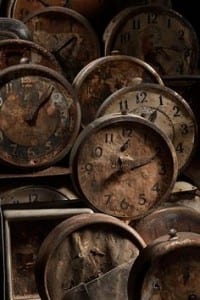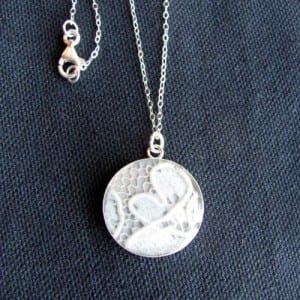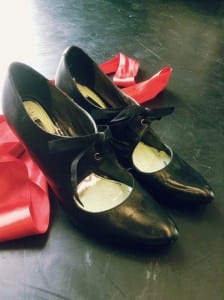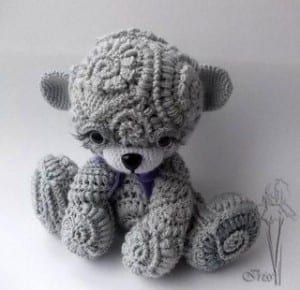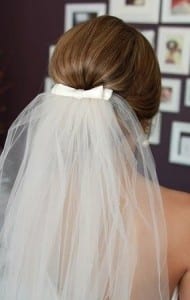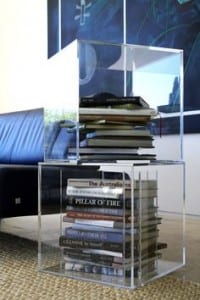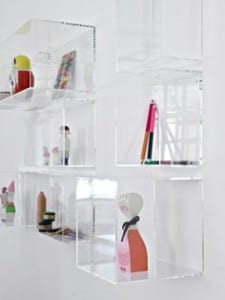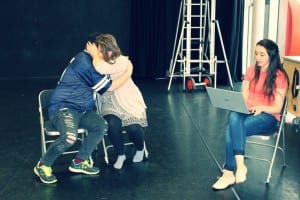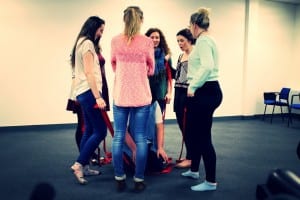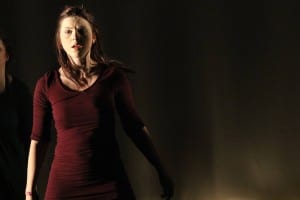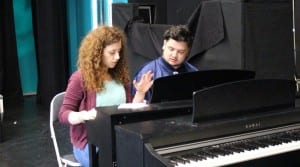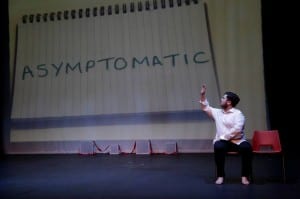Our theatre company loves to share. We love to keep our audiences updated of our process that is leading us to our next performance. One way that us designers like to share our ideas is through Pintrest. It gives us a chance to compile our ideas, set costume and lighting related, “Pinterest is a virtual pin board incorporated within a social network, think of it as a digital scrapbooking.”(Lake, 2015)
Our first board is Props. This is a place where I can gather ideas of what objects I want to fill the ‘memory boxes’ onstage. Though the technical side is reflecting the scientific side of this condition our production focuses on how relationships are tested when one partner suffers from memory loss. I want the props to reflect objects that could be seen as significant in people’s relationships. This then combines both the scientific and the emotive.
On Pintrest the company has “the freedom to display their work using their creativity, personal style and personality creating fantastic portfolios that can be seen and shared by other Pinterest users.” (Lake, 2015) This allows our audiences to check out our work, and hopefully become more and more interested in our production as we update through the weeks.
(Pintrest, 2015)
The next board I am in charge of is Set. Here I can ‘pin’ ideas of what I want the boxes I mentioned in my last blog, to look like and decide on material, having Pintrest I can collect different images of each and then presenting back to the company to get their opinions, as we work as a collaborative company I value their creative input. The idea is that the set, props and lighting show the science side of memory loss, the boxes, linked by red ribbon, represent the proteins in the brain which are elements that connect and form memories. Shownbelow are referance images for the types of boxes I may want onstage.
(Pintrest)
Though most of these are wall mounted, these images are just an idea of the shape and colour of each box onstage. The colour scheme being either perspex or white, giving off a clinical atmosphere.
Keep updated on our blog on Pintrest!
Hannah.
Works Cited:
Lake, L. (2015) Pintrest Offers Marketing Benifits to the Small Business. [online] Available From:
http://marketing.about.com/od/socialmediamarketing/a/Pinterest-Offers-Marketing-Benefits-To-The-Small-Business.htm
Aronson, A. P (1990) American Set Design. New York; Theatre Communications
Fill In The Blank Theatre (2015) Pintrest. [online] Available at https://uk.pinterest.com/fill0128/
